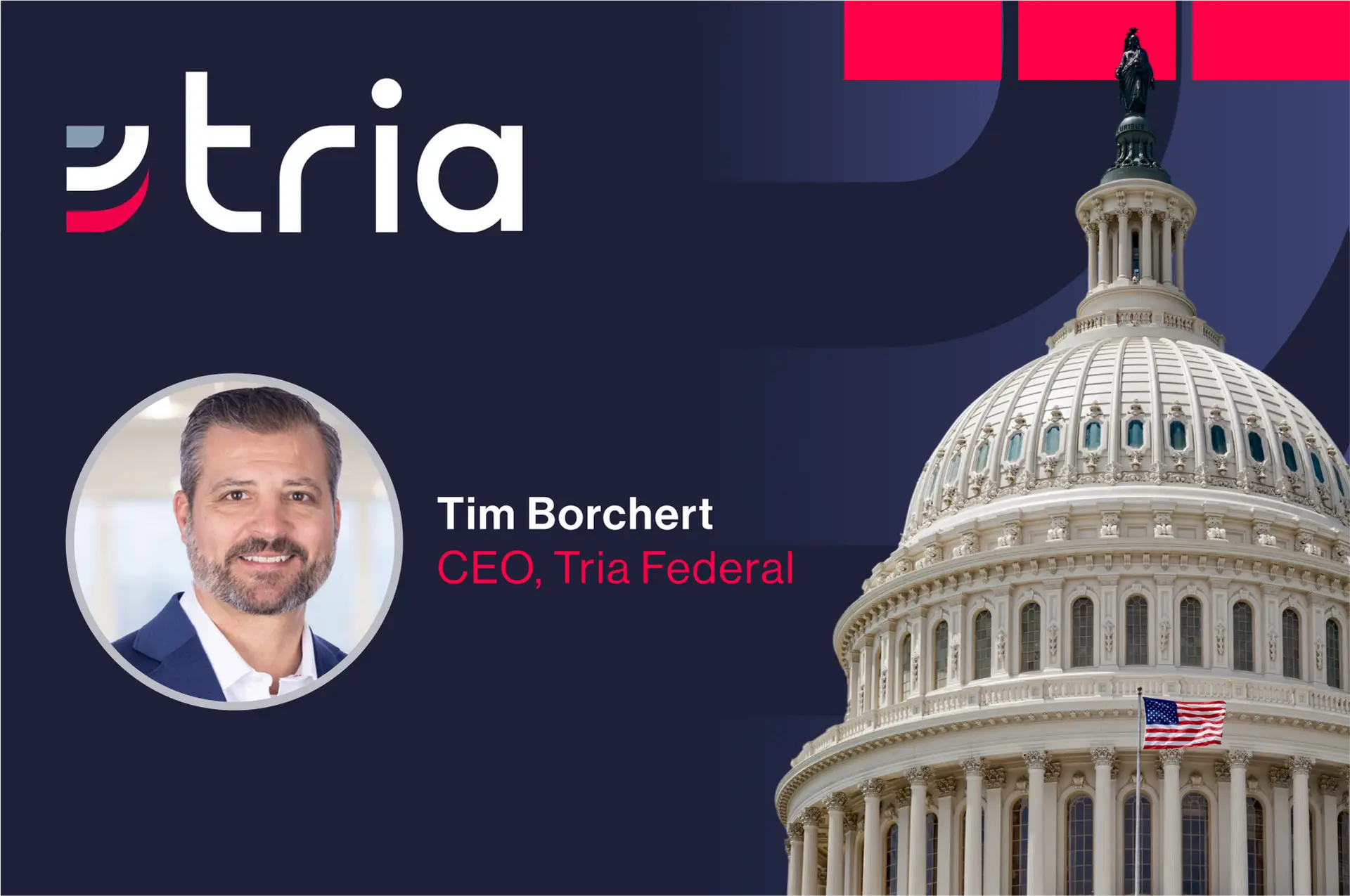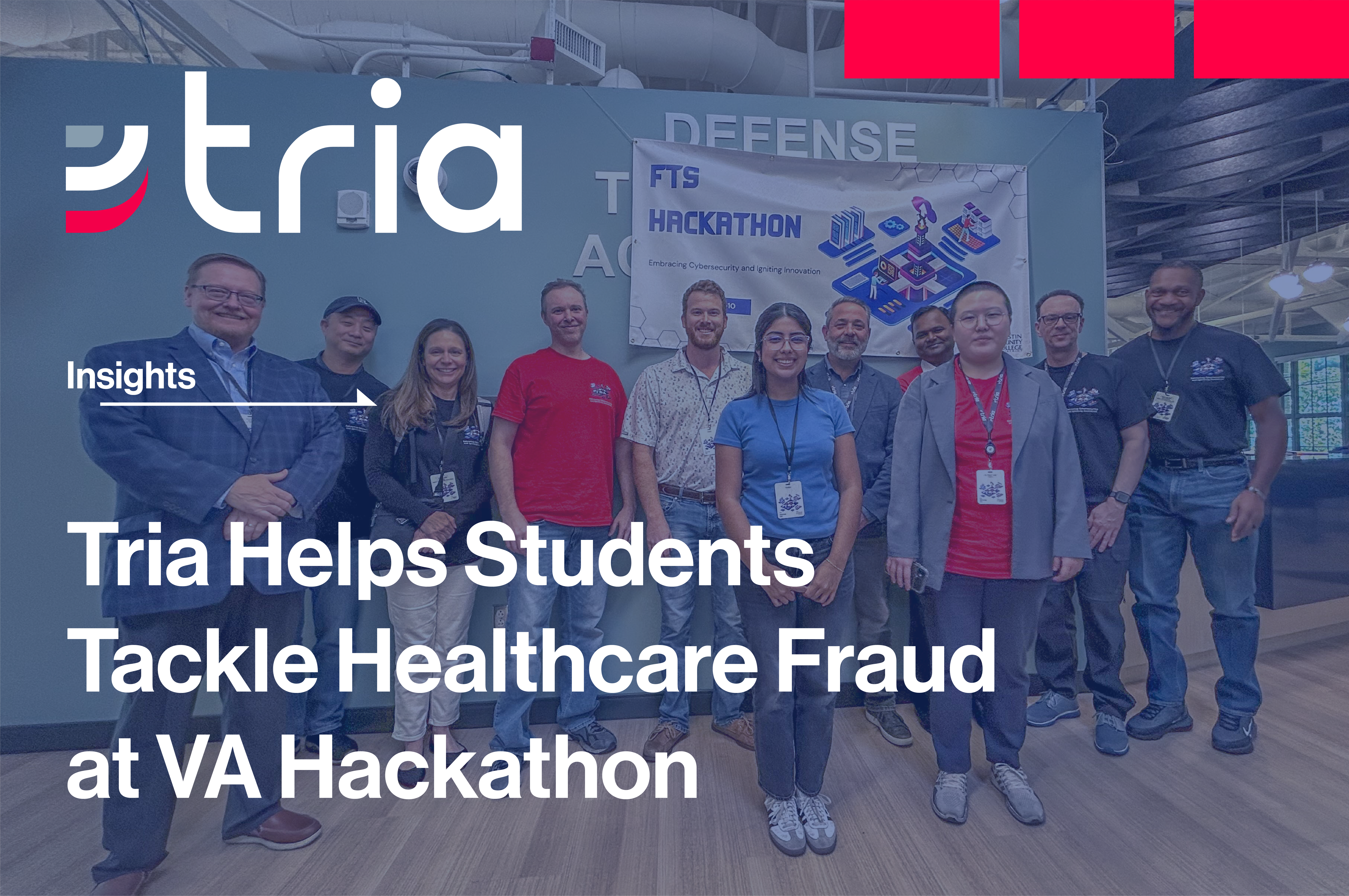At the recent Google I/O 2025, Google’s annual developer conference, one announcement stood out from the rest.
Google introduced its bold vision for Gemini, aiming to turn it into a powerful “world model.” This means creating an AI system that can simulate and understand how the real world works, using input from text, images, video, and audio. Google Gemini is designed to reason, predict, and act in ways that mirror human intelligence.
This exciting news points to a future where technology will do much more than respond to questions. It will simulate complex environments and help us plan for real-world outcomes.
For those of us developing transformative solutions for the federal government, this advancement opens the door to something we have been exploring for some time: the creation of high-fidelity digital twins that can revolutionize how we understand, treat, and manage human health.
What Are Digital Twins and Why Do They Matter?
A digital twin is a dynamic virtual model of a biological system, such as tissue, organs, or even a full human body. These models behave like their real-life counterparts and can help us simulate how the body might respond to drugs, surgeries, or disease progression.
This kind of modeling has been a goal for years, but the technology hadn’t caught up—until now. With advances in artificial intelligence and quantum computing, the ability to build and scale digital twins is finally becoming practical and accessible.
At Tria Federal, we see this as a moment of opportunity. With over two decades of experience delivering and managing secure and scalable digital services for federal health agencies, we are uniquely positioned to help bring this vision to life.
Advancing ‘In Silico’ Healthcare
Tria has been exploring in silico technologies (ISTs), which are computer-based simulations that allow us to perform research and testing digitally rather than in physical labs. For federal agencies, this means faster results, lower costs, and fewer barriers to innovation.
Here is how Tria is poised to make an impact:
- Partnering with clinicians and scientists to develop digital twins that simulate how drug molecules interact with tissues. This speeds up drug development and improves treatment accuracy.
- Using AI and quantum computing to build models that reflect real biological dynamics. Instead of relying solely on statistical models, we develop mechanistic simulations that match the complexity of real-world systems.
- Collaborating with government stakeholders to ensure that emerging technologies align with public health goals, while remaining secure and adaptable to evolving needs.
One of the biggest risks in digital twin development is the potential for vendor lock-in. At Tria, we believe the path forward lies in open-source frameworks supported by public-private collaboration. By working with academic institutions and open standards, we can help agencies adopt these technologies without losing control or flexibility.
Our goal is to help federal healthcare partners move beyond theory into action, using in silico models and digital twins to improve patient outcomes, accelerate research, and modernize operations.
Responsible, secure platforms
Gemini’s evolving into a “world model” would be a major milestone in AI development, taking multimodal understanding and predictive capabilities to a new level.
But to truly realize the promise of AI in federal healthcare, it will take more than a powerful tool. It requires domain knowledge, operational experience, and a deep understanding of the federal ecosystem.
This is where Tria makes a difference. Our teams include AI engineers, data scientists, domain experts, and former federal leaders who understand the mission and constraints of healthcare agencies. More importantly, we know how to build responsible, open, and future-ready platforms that integrate cutting-edge technologies without compromising trust, security, or interoperability.
AI and digital twin technology are no longer far-off blips on the horizon; they are evolving and maturing quickly. With the right strategy and the right partners, this transformation can benefit millions of people.
Tria is ready to lead this shift. We bring to the table both technological expertise and a deep understanding of agency missions, and we are committed to helping the federal government navigate the next frontier of healthcare innovation.
Let’s build a smarter, faster, more responsive health system together.
Murali Mallina is Senior Vice President, Technology at Tria Federal.



